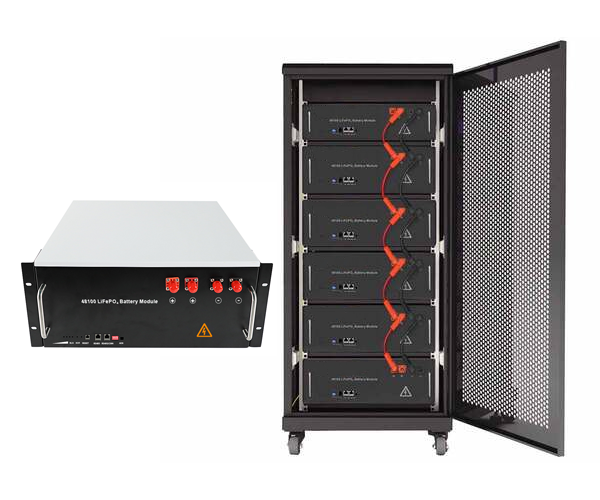Lithium batteries are becoming increasingly popular in energy storage solutions, particularly for industrial applications, renewable energy systems, and backup power supplies. Among the various forms of lithium battery systems, rack-mounted and stackable configurations are common choices. This article compares these two types in terms of design, installation, and maintenance, helping you choose the right system for your needs.
1. Design Differences
Rack-mounted lithium batteries are designed to be placed in a dedicated battery rack, similar to how servers are organized in data centers. These systems are modular and allow easy expansion by adding more battery modules into the rack.
On the other hand, stackable lithium batteries are designed for easy vertical stacking without the need for an additional rack or frame. Each unit is typically self-contained, with the ability to stack multiple units on top of each other, much like building blocks.
2. Installation Process
Rack-mounted batteries require a stable rack structure for proper installation, which makes the setup more complex and potentially requires professional assistance. These systems are often more suitable for larger-scale installations in data centers or industrial facilities.
Stackable batteries offer greater ease in installation due to their plug-and-play nature. You can simply stack the units together, minimizing the space required for installation. This makes them ideal for smaller setups, such as residential solar energy storage, where space and simplicity are priorities.
3. Flexibility and Scalability
Rack-mounted systems are known for their scalability and flexibility. By adding more battery modules to the rack, you can easily increase the system’s capacity to meet growing energy demands. However, this comes with the trade-off of requiring additional floor space for the racks.
Stackable batteries also offer scalability, but they may be limited by height or weight restrictions. While it’s easy to add more units by stacking, there’s a practical limit to how many you can stack safely before structural concerns arise.
4. Maintenance and Service
Rack-mounted batteries typically offer easier access for service and maintenance. Technicians can remove individual battery modules from the rack for repair or replacement, which reduces downtime for the entire system.
Stackable systems might be more challenging to service, especially if they’re tightly stacked. To access a unit, you may need to unstack the entire system, increasing the time and effort required for repairs.
Both rack-mounted and stackable lithium battery systems offer unique advantages depending on the application. Rack-mounted systems are ideal for larger-scale operations where flexibility, scalability, and easy maintenance are priorities. Stackable systems, on the other hand, offer simplicity and ease of installation for smaller energy storage needs. Understanding the strengths and limitations of each will help you make an informed decision for your energy storage solution.


